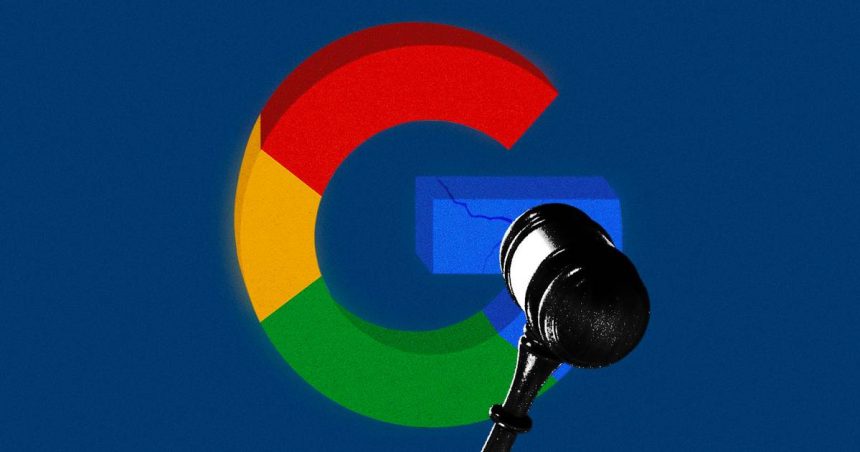Get marketing news you’ll actually want to read
Marketing Brew informs marketing pros of the latest on brand strategy, social media, and ad tech via our weekday newsletter, virtual events, marketing conferences, and digital guides.
Google’s publisher ad tech was only as strong as the advertisers those publishers got access to—but those publishers knew they couldn’t get them anywhere else.
In internal Google documents released on Day 7 of the United States vs. Google trial Tuesday, company employees worried that if Google’s ad exchange for publishers, AdX, lost exclusivity to Google’s advertisers, “many publishers would terminate their AdX relationship in favor of their preferred vendors.”
The memo, which weighed the benefits of opening up ad inventory to third parties, was released in a tranche of documents introduced Tuesday, and reinforced the DOJ’s argument that Google unfairly tied its two ad-tech businesses together to maintain a monopoly on the industry.
According to an internal document shown in court, Google’s own buy side said that its advertising tools were weaker precisely because they were exclusive to AdX.
At one point, Google employees suggested that the company’s buy side was “subsidizing” the sell side and “greatly weakens GDN’s position in the market,” an internal company conversation shared in court showed. (GDN stands for Google Display Network, Google’s display ads business.)
- In an internal simulation from 2014, Google’s revenue fell 70% when Google’s ad network didn’t bid on AdX inventory, documents revealed.
- In 2019, Google’s DSP DV360 allocated 75% of its spend to AdX, while competitor The Trade Desk spent roughly 30%–40% on AdX, according to an exhibit shown in court Tuesday. “That’s harder to explain to external clients,” Google engineer Ali Nasiri Amini wrote in an email.
Publishers tried to find ways around Google’s dominance, including turning to header bidding, an open-source technology that allows publishers to access multiple ad exchanges. In documents released by the DOJ earlier in the trial, Google executive Chris LaSala called header bidding an “existential threat” in an email from 2016.
However, internal documents introduced Tuesday showed that Google’s advertising teams seemed less concerned about header bidding, calling it “transparent” and a “benefit to publishers,” as well as characterizing it as providing better “access to inventory” for advertisers.
- With that said, Google considered a proposal that the DOJ alleged would “starve” publishers that turned to the new technology. (The proposal never went into effect.)
Other documents shared showed that Google considered building a firewall between its buy and sell side businesses as a way to “legitimize AdX as a platform,” though Nirmal Jayaram, a senior director of engineering at Google, said on the stand today that he wasn’t aware of any formal firewall.
Read the full article here










